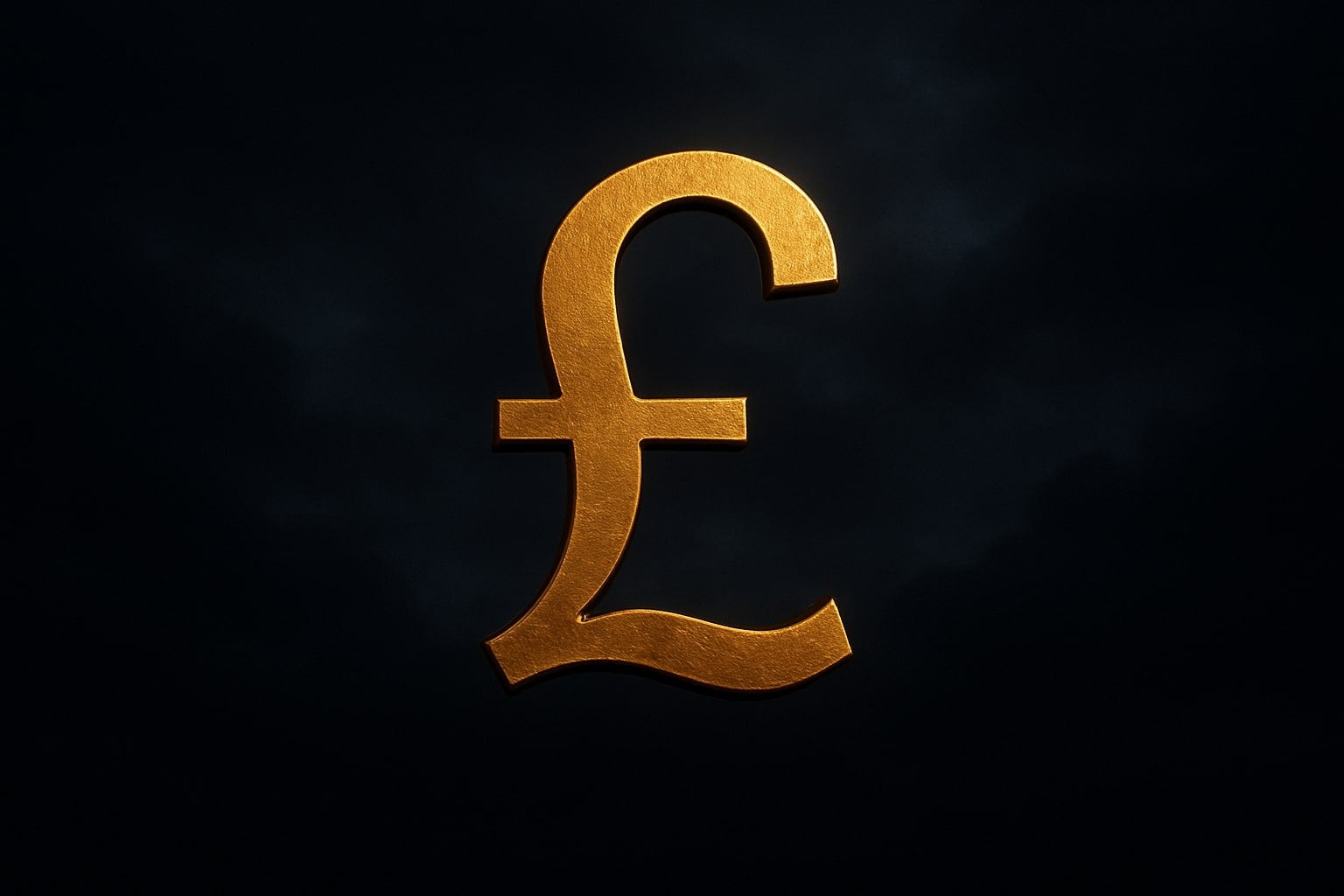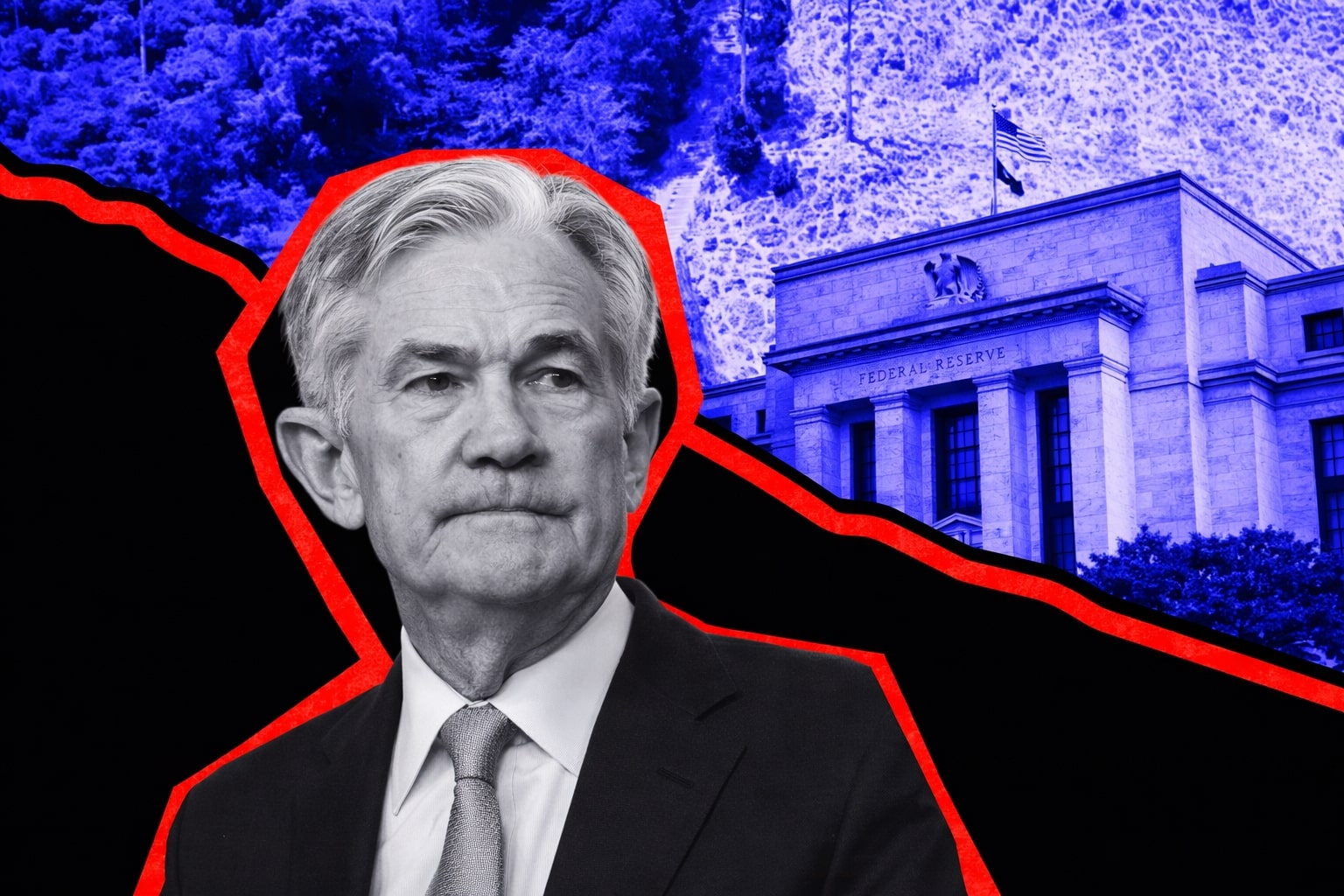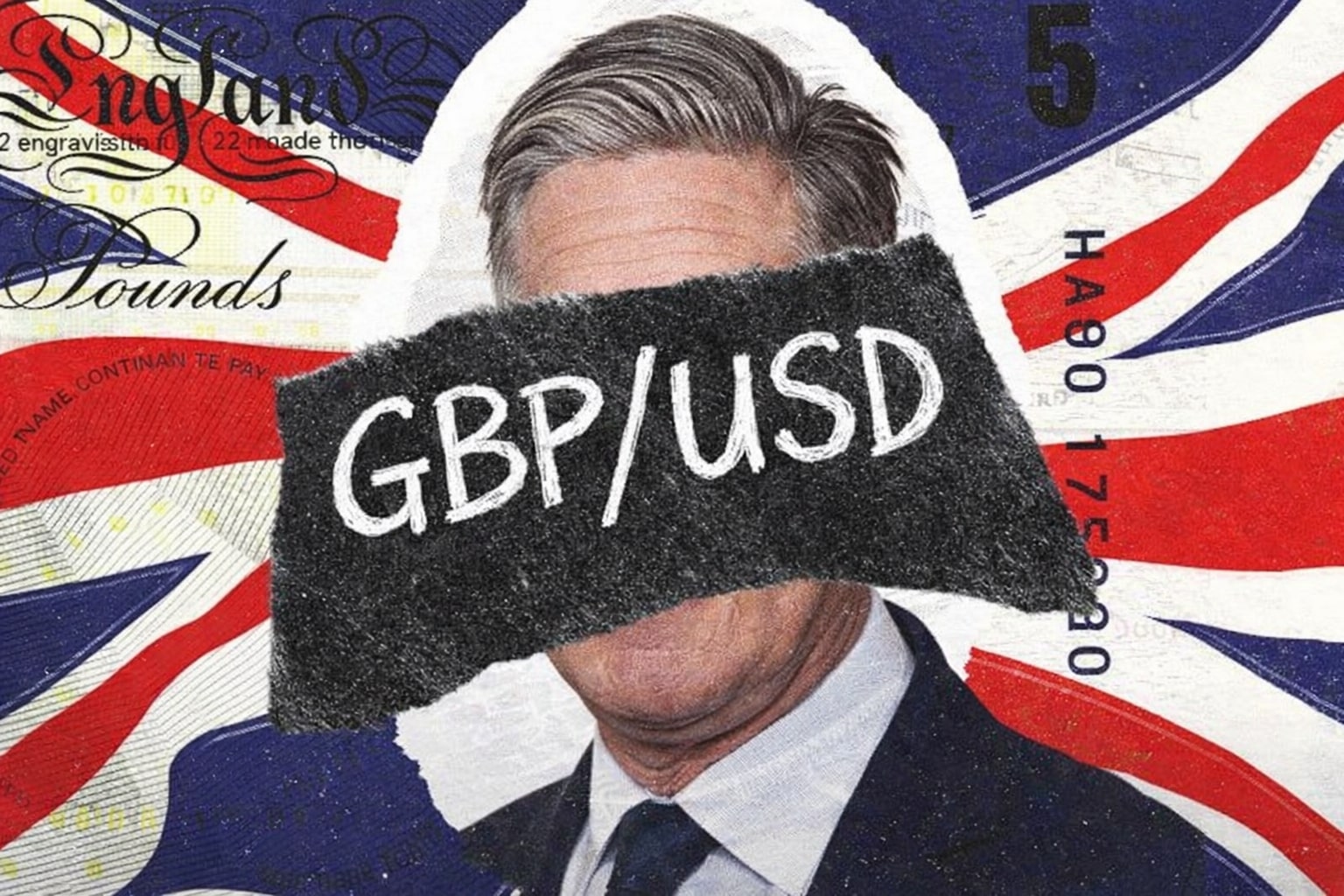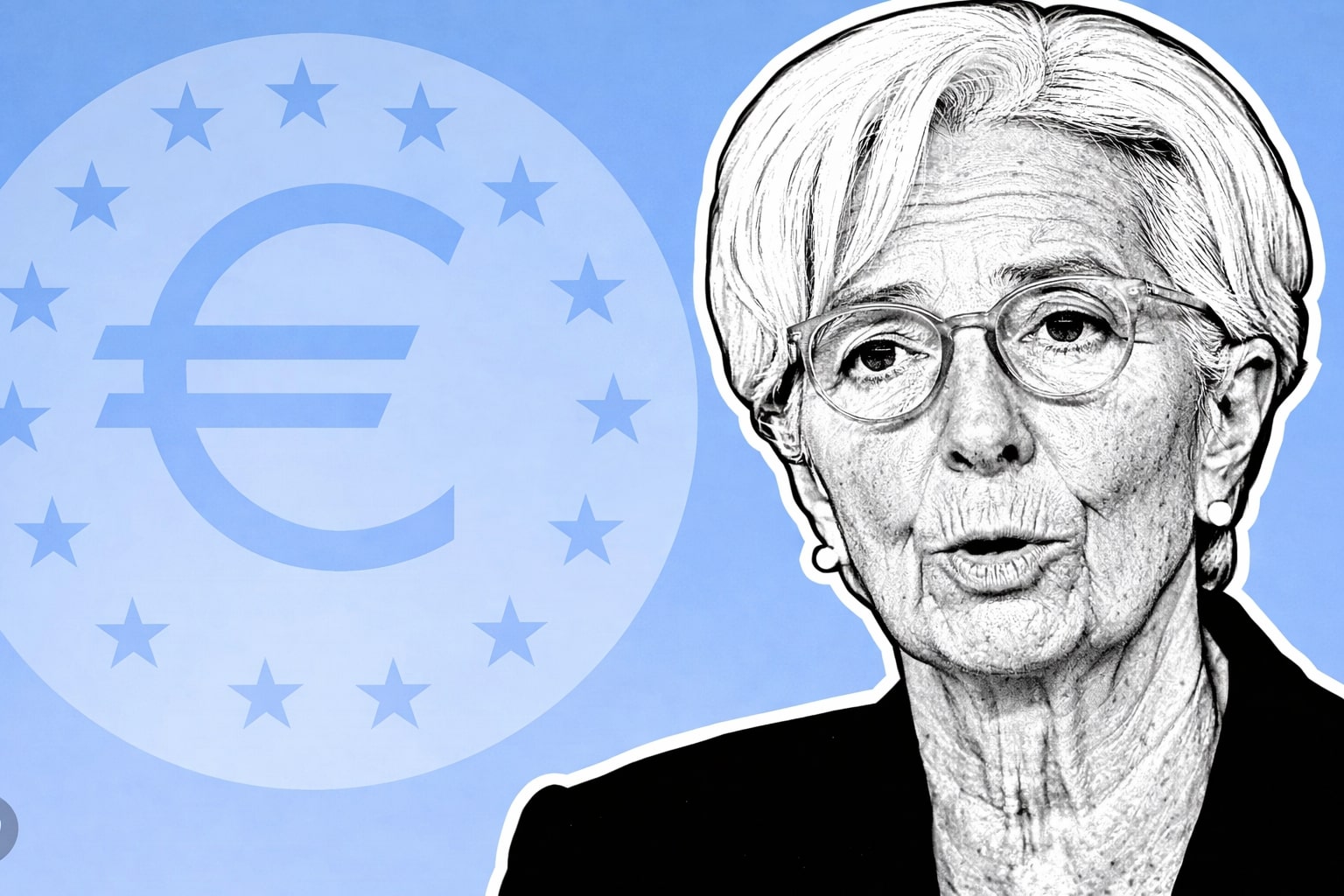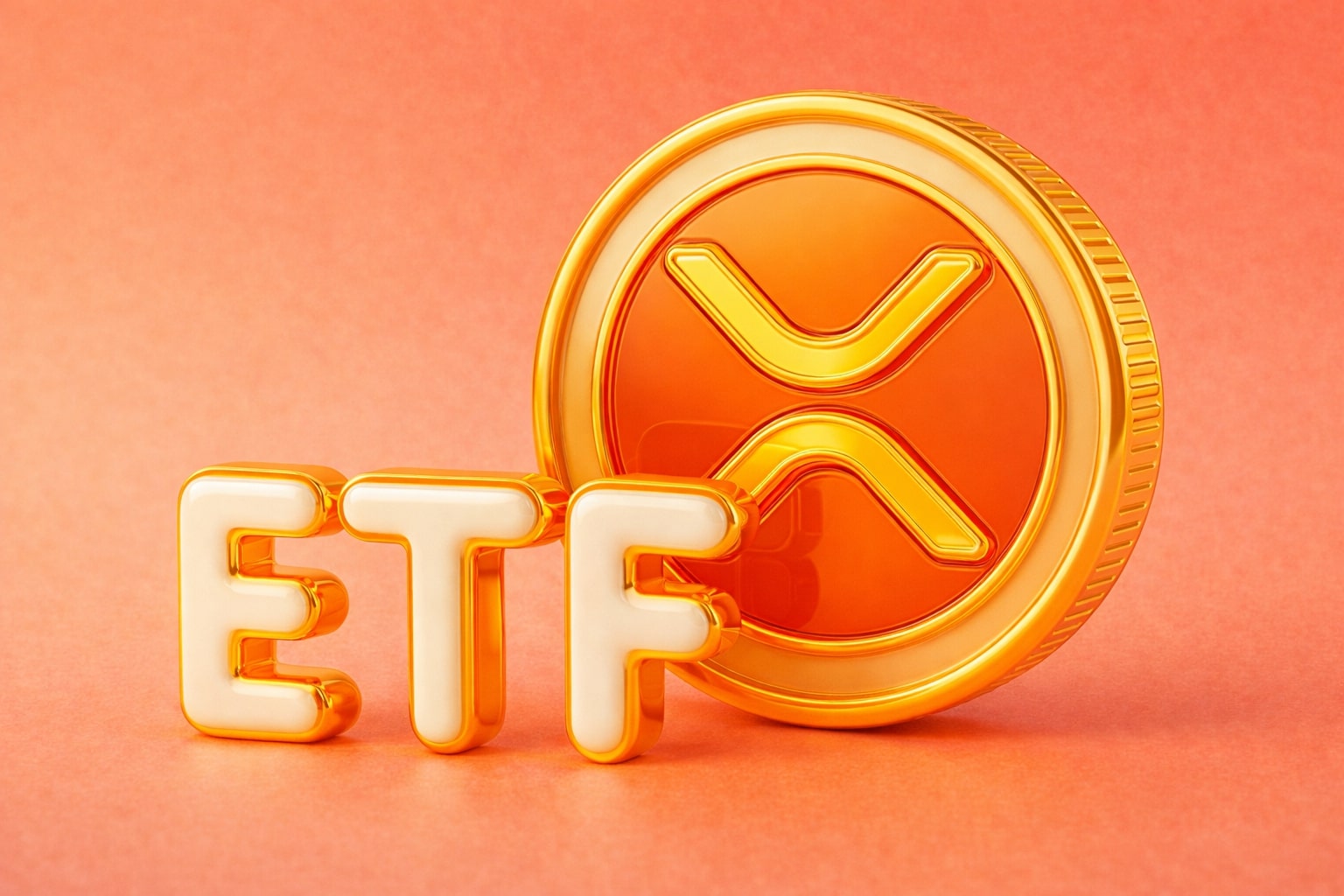GBP/USD Soars Toward 1.4000 as Dollar Buckles Under Fed Pressure
The GBP/USD pair surged with force last week, climbing over 2% to settle just above 1.3700, marking its highest close since October 2021. It was the seventh consecutive daily gain for the British pound, and momentum is still building. A fragile ceasefire in the Middle East eased global risk aversion, pulling the dollar lower, while dovish positioning from key Fed officials cracked the greenback’s yield advantage wide open. With markets now pricing in a 75% probability of a rate cut in September, the pound capitalized on softening U.S. economic data and growing expectations that monetary tightening is firmly in the rearview mirror.
Ceasefire Aftermath and Trump Pressure Accelerate USD Retreat
Last week began with a jolt. The U.S. launched strikes on Iranian nuclear sites, triggering a brief flight to safety that pushed GBP/USD lower. But the ceasefire, declared within 72 hours, immediately reversed sentiment. The dollar collapsed as geopolitical risk faded, and the Fed’s cautious rhetoric only amplified that fall. Fed Governor Waller and Vice Chair Bowman suggested easing policy may be necessary, while Chair Powell tiptoed through remarks about tariffs imposed by Donald Trump. The former president, meanwhile, doubled down with threats to replace Powell altogether—a political overhang that further soured dollar sentiment. The tension between expected rate cuts and renewed tariff-induced inflation risk created a policy contradiction the market was quick to exploit.
U.S. Economic Data Supports the Dovish Bet
Economic indicators confirmed the pressure on the dollar. U.S. Q1 GDP contracted by 0.5%, undershooting even pessimistic expectations. The Core PCE Index came in at 2.7% YoY, slightly hotter than forecast, but not enough to stem the bearish tide. Durable Goods Orders offered a temporary bump, but the broad data mosaic painted a picture of slowing momentum. Fed Funds futures reflect this new reality: the July meeting now carries a 21% chance of a cut, while September’s odds are 75%. These are not whispers of easing—they're shouts. And in FX markets, it’s the dollar that pays the price.
UK Outlook Firms Without Needing Fireworks
Unlike the Fed drama, the UK brought no policy fireworks to the table—but it didn’t need to. Business activity improved across both services and manufacturing sectors, while broader sentiment turned less fragile. Inflation pressures have softened slightly, but real wages are stabilizing, giving the Bank of England some flexibility. With no major UK economic releases due in the coming week, the pound's fate continues to hinge on external factors—especially U.S. data and bond market behavior.
Next Week’s GBP/USD Drivers: NFP, JOLTs, and PMI in Focus
The calendar turns sharply U.S.-centric next week. Markets await ADP employment, expected at 105,000, and a non-farm payrolls print seen dropping to 120,000, down from 139,000. The unemployment rate may tick higher to 4.3%, a shift that could further deflate dollar positioning. Added to this, JOLTs job openings and PMI surveys will offer more clues about the resilience of U.S. labor demand. Any surprise weakness would likely strengthen the bullish narrative for GBP/USD, particularly if accompanied by a renewed downtick in U.S. yields.
GBP/USD Technical Structure Points to 1.4000 Target
The technical picture on GBP/USD remains distinctly bullish. Last week’s rally topped out at 1.3770, just shy of the psychological 1.3800 mark. The pullback from those highs has been modest, with the pair holding strong above 1.3700, now acting as a solid support floor. The 20-day SMA sits at 1.3555, well beneath current price action, suggesting more upside could follow after any short-term consolidation. RSI remains below overbought territory, giving bulls runway to extend toward 1.3813, which marks the 100% Fibonacci projection of the 1.2099 to 1.3206 leg, extended from 1.3138.
Medium-Term Setup: GBP/USD Faces Critical Fibonacci Projection at 1.4004
In the broader view, the pair is advancing along a multi-month uptrend that began from 1.3051, the 2022 low. The next clear medium-term target lies at 1.4004, which corresponds to the 61.8% projection of the 1.0351 to 1.3433 rally, measured from 1.2099. As long as the 55-week EMA at 1.2960 holds on deeper pullbacks, the bullish structure remains firmly intact. Any downside should be viewed through the lens of corrective pauses rather than trend reversals.
Short-Term Risks and Tactical Pullback Zones
Even in a strong trend, tactical pullbacks remain a threat. A loss of 1.3630, where the ascending trendline intersects with the 100 SMA, could open the door to a deeper retracement toward 1.3520. However, those zones may attract fresh buyers, especially if driven by temporary dollar strength tied to volatile macro headlines. If price action breaks above 1.3770 and clears 1.3800, the momentum toward 1.4000 could accelerate sharply, particularly in thin liquidity conditions that often magnify directional moves.
Macro-FX Interference: Lessons from Missed Trades
Technicians continue to wrestle with sudden shifts in macro structure. As seen in past GBP/USD setups, purely chart-based strategies can misfire without accounting for macro context. One such moment came in April 2024, when a breakout above 1.2700 failed, driven not by technical failure, but by a deterioration in UK real wage growth. The lesson: alignment between fundamentals and technicals is non-negotiable in directional trades. As long as Fed policy, geopolitical tensions, and U.S. data remain unstable, GBP/USD traders must watch the macro dashboard as closely as the chart patterns.
Implied Volatility and Options Markets Send Bullish Signals
FX options markets echo the bullish bias. Implied volatility on GBP/USD remains firm but not stretched, with no sign of excessive demand for downside protection. Risk reversals have turned increasingly positive over the past week, pointing to skewed demand for calls. This aligns with the spot market’s trajectory and reflects rising expectations for further dollar softness. Traders are not just hoping for upside—they’re hedging for it.
GBP/USD Rating: Strong Buy on Trend Confirmation
With fundamental weakness in the dollar, a supportive UK backdrop, and an intact technical structure, GBP/USD is now rated Strong Buy on trend continuation. Pullbacks to 1.3630–1.3520 are potential reentry zones. As long as price holds above 1.3369, the path to 1.4000 remains the dominant scenario. The risk lies not in price fatigue, but in underestimating how deeply the dollar’s structural story has changed. The bullish play remains intact, and positioning suggests the market agrees.














